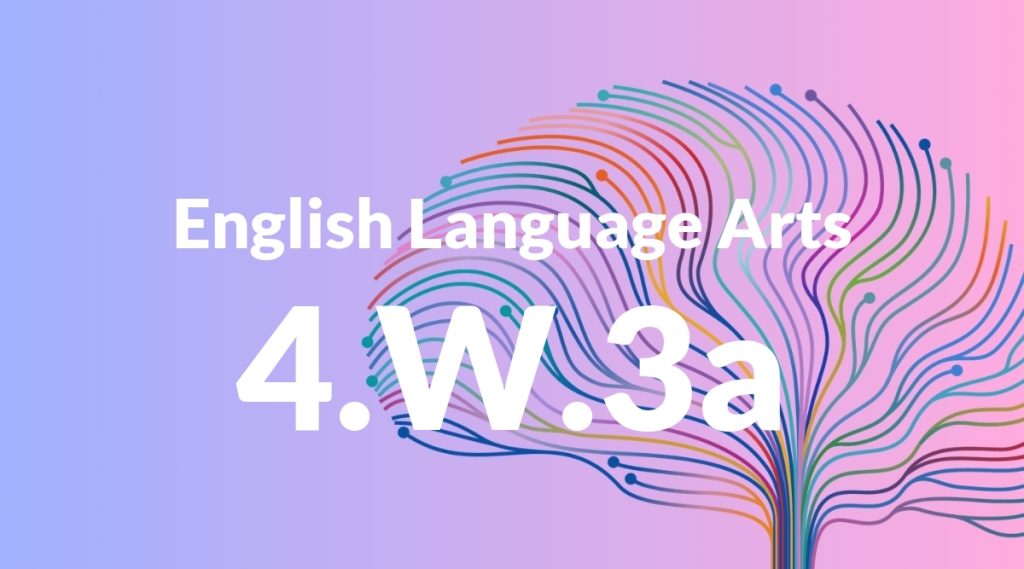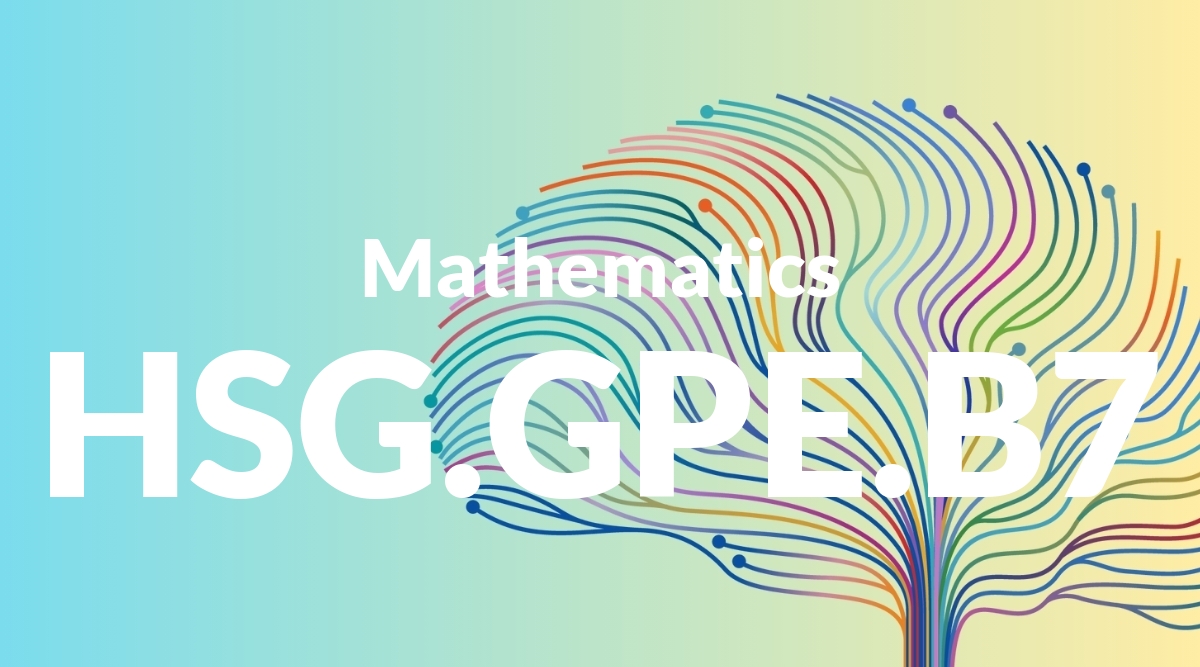Standard: 4.W.3a – Orient the reader by establishing a situation and introducing a narrator and/or characters; organize an event sequence that unfolds naturally.
Grade level: Grade 4
Subject: English Language Arts
Domain: Writing
Teacher Overview
This standard focuses on helping students craft well-organized narratives by establishing a situation, introducing characters, and ensuring events unfold naturally. It is crucial for developing storytelling skills and enhancing students’ ability to communicate effectively through writing. Students should have a good grasp of basic sentence structure, paragraph writing, and story elements such as characters, setting, and plot.
After mastering this standard, students will be able to write more complex narratives, incorporating dialogue, descriptive details, and varied sentence structures to enhance their storytelling.
Common Misconception 1
A common misconception is that students may list characters all at once without integrating them into the story. This approach can make the narrative feel disjointed and confusing.
Intervention 1
Use story mapping activities where students plan their characters and how they will be introduced within the context of the story. Provide examples from well-known books to illustrate natural character introductions.
Common Misconception 2
Another misconception is that students might describe events in a rigid, step-by-step manner, which can make the story feel mechanical and unengaging.
Intervention 2
Introduce transitional words and phrases through mini-lessons and practice exercises. Encourage students to use these tools to connect events smoothly and keep the narrative engaging.
Prerequisite Knowledge
Students should understand basic sentence structure, be able to write simple paragraphs, and have experience with reading and identifying elements of a story such as characters, setting, and plot.
Subsequent Knowledge
Students will develop skills in writing more complex narratives, including the use of dialogue, descriptive details, and varied sentence structures to enhance their stories.
Instructional Activities
- Story mapping exercises
- Character development worksheets
- Transitional word and phrase practice
- Writing prompts for personal narratives
- Peer review sessions to provide feedback on story flow




